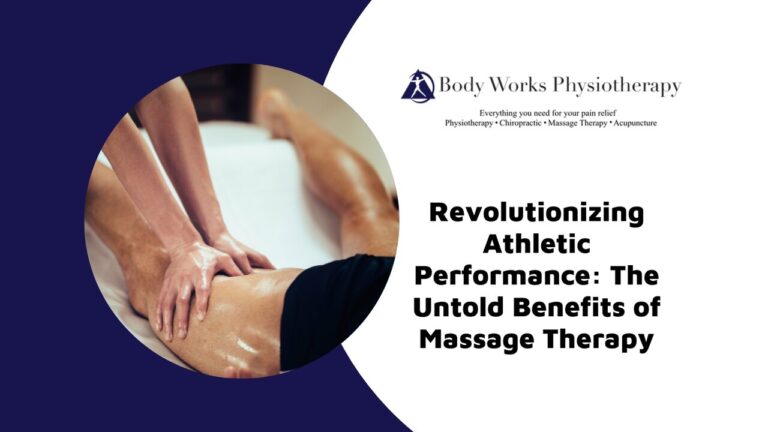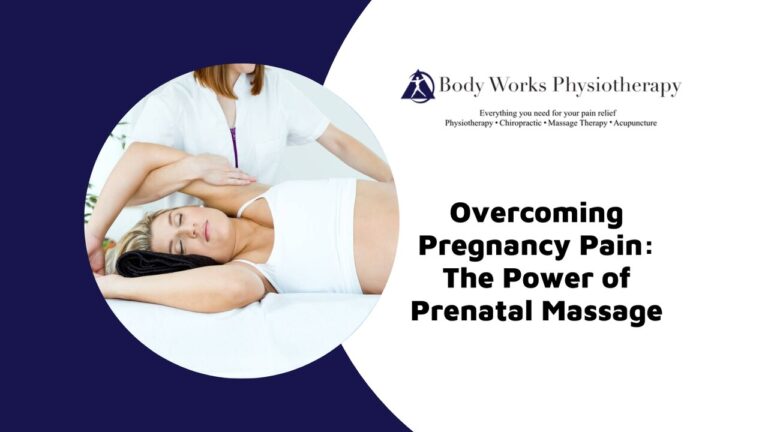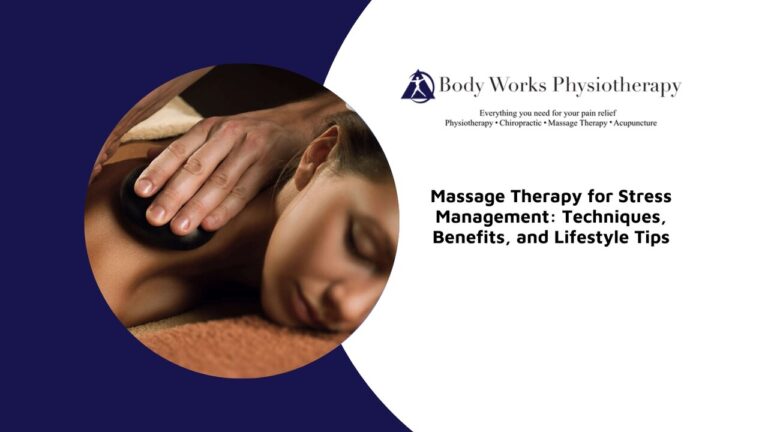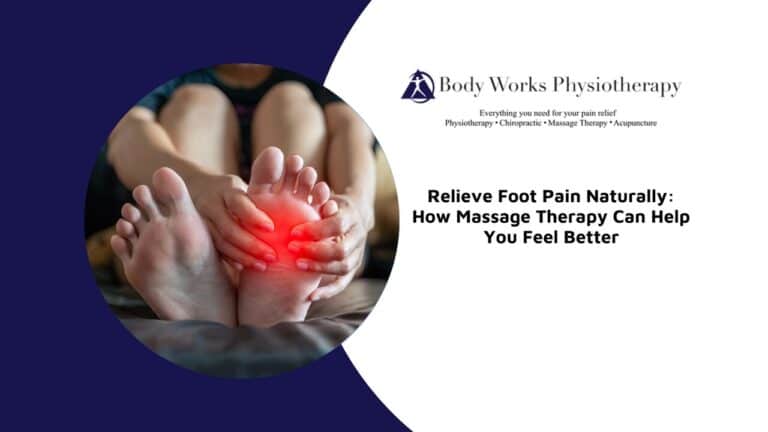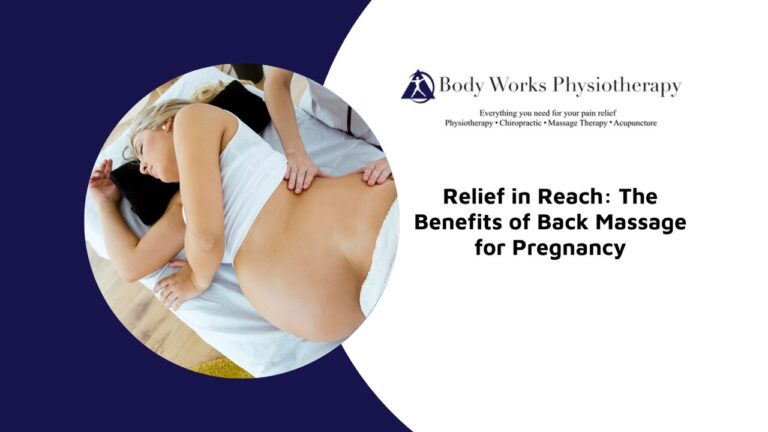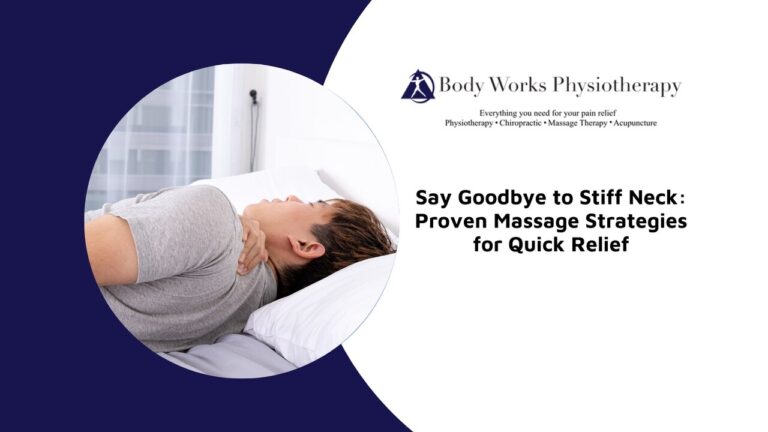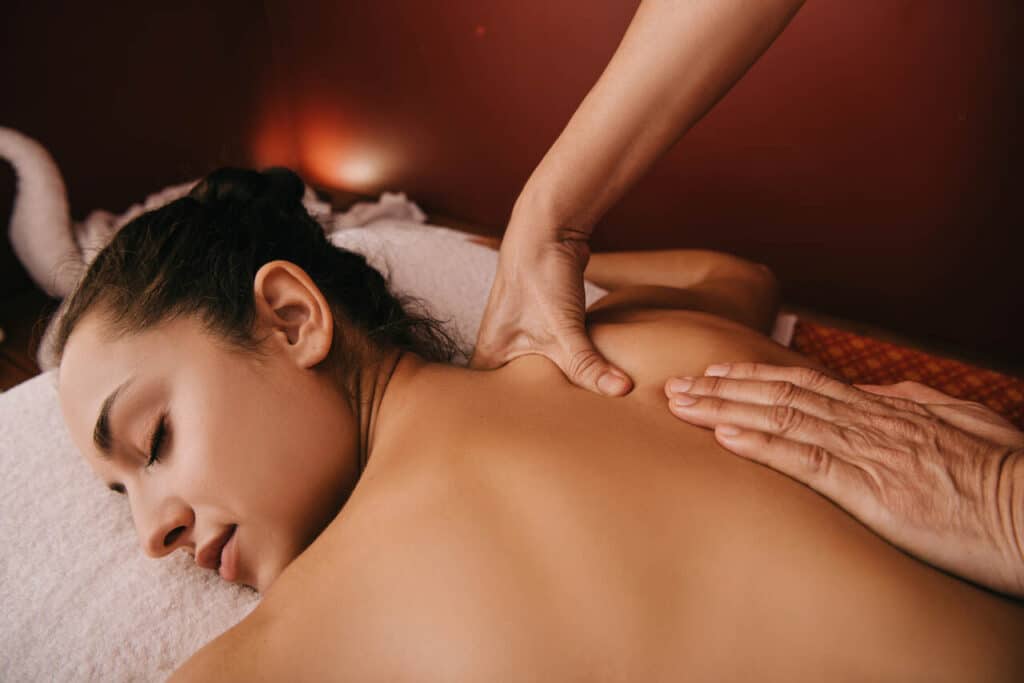
A full-body massage is more than just a luxury—it’s a powerful tool for enhancing both physical and mental well-being. From easing tension in sore muscles to promoting relaxation and emotional balance, massage therapy offers a wide range of health benefits that go beyond temporary relief. Regular massage sessions can support better circulation, reduce stress, and even improve flexibility, making it an essential part of a balanced lifestyle. If you’re seeking a way to relieve stress, manage pain, or simply invest in your overall health, a full-body massage may be just what you need.
Benefits of Full-Body Massage
A full-body massage provides numerous health benefits, including:
- Relaxing the Nervous System: This helps reduce stress and anxiety. By activating the parasympathetic nervous system, massage helps the body shift out of a stress response, calming the mind and reducing the physical effects of stress, such as muscle tension and fatigue.
- Increased Blood Circulation: Massage promotes faster muscle recovery and healing. Enhanced circulation brings more oxygen and nutrients to tissues and muscles, which speeds up recovery after physical activity and helps to repair any micro-tears in the muscles, supporting overall muscle health.
- Lowers Blood Pressure: A full-body massage improves heart health. Through relaxation and improved circulation, regular massage can help stabilize blood pressure levels and decrease strain on the cardiovascular system, contributing to a healthier heart over time.
- Boosts Immune Function: Massage therapy stimulates lymphatic drainage, which aids in the removal of toxins and waste products from the body. By supporting the lymphatic system, massage can help the immune system work more efficiently, making it easier for the body to fend off illnesses and infections.
- Releases Endorphins: A full body massage releases endorphins which enhance mood and create a sense of well-being. Endorphins, known as the body’s natural “feel-good” hormones, help elevate mood, reduce stress, and alleviate mild pain, making massage a valuable tool for emotional balance.
- Relives Chronic Pain: Massage relieves chronic pain from conditions such as arthritis, sciatica, or migraines. By targeting tense muscles and areas of inflammation, massage helps reduce the discomfort associated with chronic conditions, offering a natural, non-invasive approach to pain management that can improve quality of life.
A regular full-body massage supports both physical and emotional well-being, making it an essential part of a healthy lifestyle. With its combined benefits of pain relief, relaxation, and enhanced bodily function, full-body massage is a holistic approach to well-being that can make a lasting difference in overall health and happiness.
Relieving Muscle Tension and Soreness: How Massage Helps
Massage therapy relieves muscle tension and soreness by breaking up muscle knots and adhesions that restrict movement, increasing blood flow to deliver oxygen and nutrients to tired muscles, flushing out lactic acid and metabolic waste that cause soreness, stretching tight muscles to improve flexibility and reduce stiffness, and activating the parasympathetic nervous system to encourage relaxation and faster recovery. Whether you’re recovering from a workout or easing daily stress, massage therapy helps restore muscle balance and function.
Achieving Relaxation and Stress Relief: Types of Massage
Several types of massages are highly effective for relaxation and stress reduction, each offering unique techniques to meet individual needs.
- Swedish Massage: Also known as relaxation massage, this type of massage uses gentle, flowing strokes to relax the entire body and reduce stress. The long, sweeping motions in Swedish massage improve circulation and promote an overall sense of calm, making it ideal for those seeking a soothing experience to relieve tension and enhance relaxation.
- Hot Stone Massage: This massage melts tension with heated stones placed on key points of the body, such as the back, shoulders, and neck. The warmth of the stones penetrates deep into muscles, loosening tight areas and allowing for deeper relaxation of tense muscles. This technique is particularly beneficial for those with chronic muscle tension, as the heat enhances blood flow and eases muscle stiffness.
- Aromatherapy: Aromatherapy is a type of massage that enhances relaxation with essential oils, which are chosen to address specific emotional or physical needs, such as lavender for calmness or eucalyptus for invigoration. As the therapist works, the scent of the oils creates a multi-sensory experience, engaging both the mind and body in relaxation and promoting emotional balance.
- Deep Tissue Massage: These techniques target deeper muscle layers to release chronic tension, using slow, firm pressure on areas of muscular tightness. This type of massage is especially useful for addressing areas of chronic pain or muscle knots and can help improve mobility by reducing stiffness in the deeper layers of muscle and connective tissue.
- Thai Massage: This incorporates gentle stretching to relieve stress and improve flexibility. Often referred to as “assisted yoga,” Thai massage involves stretching and pressure techniques that increase flexibility and relieve tension throughout the body, making it ideal for those seeking both relaxation and improved mobility.
Each type offers unique benefits, depending on your preferences and health goals. By choosing the massage type that aligns with your specific needs, you can achieve tailored relief from stress, tension, or discomfort, enhancing your physical and emotional well-being.
How Often Should You Get a Full-Body Massage for Optimal Benefits?
For general well-being, it’s recommended to get a full-body massage once a month to maintain relaxation and prevent muscle tension buildup. Every two to three weeks is ideal for high-intensity activities or chronic stress. During periods of intense physical activity or stress, once a week is recommended for optimal recovery. Regular massages improve sleep, enhance mood, and keep muscles functioning at their best.
Improving Flexibility and Range of Motion: The Role of Massage Therapy
Massage therapy improves flexibility and mobility by reducing muscle stiffness, elongating muscle fibres, releasing tension from connective tissues, improving blood flow to muscles and joints, and correcting postural imbalances. Athletes and fitness enthusiasts benefit greatly from regular massages to enhance performance and prevent injuries.
Full-Body Massage Session: What to Expect
A full-body massage session offers a customized, relaxing experience tailored to your specific needs and comfort level.
- Initial Consultation: A typical full-body massage session begins with a consultation where your therapist will ask about any areas of pain, tension, or injuries.
- Setup and Techniques: You’ll undress to your comfort level and lie on a massage table under a sheet or towel. The therapist will use a combination of strokes, kneading, and pressure techniques across the entire body.
- Post-Session: After the session, they may recommend stretches or hydration to enhance the benefits. The session usually lasts 60 to 90 minutes, leaving you feeling deeply relaxed and refreshed.
Getting Regular Massage: Possible Risks and Side Effects
Massage therapy is generally safe, but some potential side effects include:
- Mild Soreness or Fatigue After a Deep Tissue Massage: This soreness occurs because deep tissue massage works into the deeper layers of muscle, leaving the muscles feeling slightly tender as they release built-up tension. Drinking water and resting after a session can help alleviate these symptoms.
- Temporary Bruising: If too much pressure is applied, some individuals may experience minor bruising, especially those with sensitive skin or fragile blood vessels. Techniques like deep tissue or sports massage, which involve stronger pressure, can occasionally cause this effect.
- Allergic Reactions to Oils or Lotions Certain essential oils or fragrances may trigger skin irritation or an allergic response. It’s essential to inform your therapist of any allergies so they can choose hypoallergenic or unscented products to avoid reactions.
- Dizziness or Increased Blood Pressure: If not properly hydrated, massage can sometimes lead to a temporary drop in blood pressure, causing lightheadedness. Staying well-hydrated before and after your massage helps maintain blood pressure levels and reduces the risk of dizziness.
- Restrictions for Certain Conditions: Such as recent surgeries, open wounds, or infectious skin conditions. Massage may aggravate these conditions or interfere with healing, so individuals with specific health concerns should consult their healthcare provider and inform their therapist to ensure safe treatment.
Always communicate with your therapist about health concerns to ensure a safe and effective experience.
Stop Living in Pain
Ready to experience the transformative benefits of a full-body massage? At Body Works Physiotherapy in Scarborough, our skilled therapists provide personalized massage treatments that target your specific needs, whether you’re looking to ease muscle tension, improve flexibility, or just relax and unwind. Take the first step toward a healthier, more balanced you. Contact us today to schedule your massage session and discover the lasting impact it can have on your body and mind.

